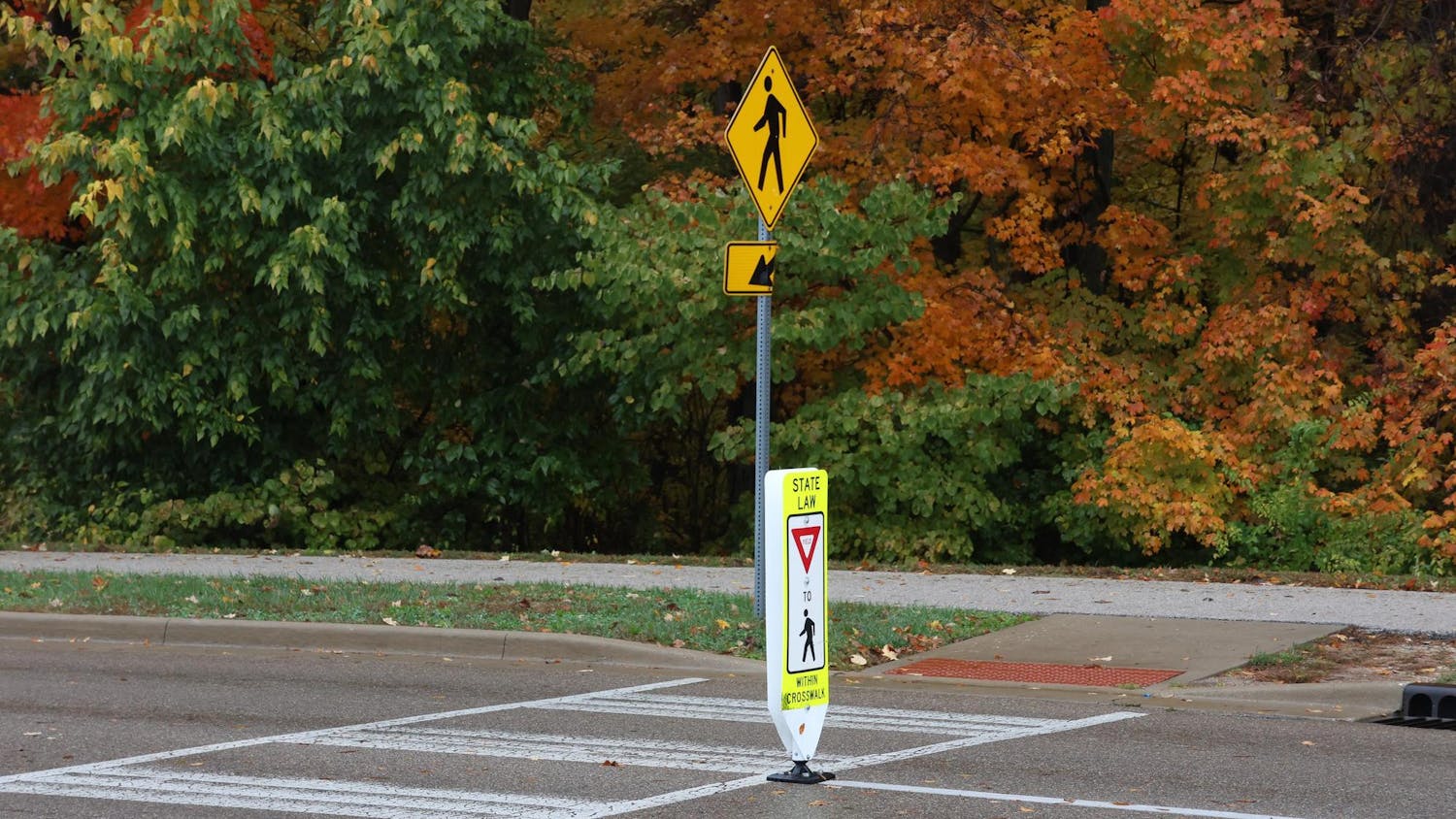The National Bureau of Economic Research announced in a statement Monday that the U.S. economy has been in a recession since March. In NBER's statement, the Sept. 11 attacks were cited as a significant cause of the recession.\n"Before the attacks, it was possible that the decline in the economy would have been too mild to qualify as a recession. The attacks clearly deepened the contraction," according to the statement.\nThe U.S. Index of Leading Indicators, a barometer of future economic conditions, increased 0.3 percent in October, raising hopes for a shortened recession. Still, many economists are careful to speak positively of recovery in the near future. October's increase is largely seen by economists as an offset effect from the 0.5 percent decline during September in combination with aggressive action on the part of the Federal Reserve, not a direct result of an increase in manufacturing activities or consumer confidence. \nOut of the ten components for the Index of Leading Indicators, those that represent manufacturing activities were still negative. Average weekly initial claims for unemployment insurance, average weekly manufacturing hours, and building permits all hurt the industry in October.\nBriefing.com, a Web based economic research and analysis team, recently released a chart that shows a correlation between consumer confidence/spending and unemployment rates. Both indicators show strong negative correlations, meaning a direct increase or decrease in one of the indicators causes the other to immediately act in the opposite way.\nConsumer confidence for October stood at 85.5 points, which is the lowest level since 1994. The consumer confidence index released by the Conference Board is a survey that asks questions about the labor market, business conditions, people\'s future economic expectations. The latest Conference Board survey reflects current deteriorating consumer expectations largely due to recent mass layoffs. \nThe full-time worker's unemployment rate currently stands at 5.4 percent for October compared to 3.8 percent one year ago. The part-time worker\'s unemployment rate currently stands at 5.6 percent for October compared to 4.5 one year ago. According to NBER, the current increase unemployment claims combined with a decline in industrial production are the true indicators of a recession.\nSome economists are brushing off optimistic economic outlooks as a result the major economic indexes. Sophia Koropeckyi, an analyst from Economy.com, said "consumer spending, the one pillar of the economy that has kept the economy afloat during the past year as business confidence and spending plunged, is likely crumbling. As consumers pull back, business confidence will only fall further."\nBriefing.com analysts also reported a dismal short term economic outlook. "The Federal Reserve's aggressive manipulations to the weak economic conditions will likely continue despite a couple of rebounds on major economic data and indexes, because the Fed historically believes that improvement in labor market conditions is the best indication of a recovery. However, current employment conditions do not show a bright picture in the near future. As a result, it is strongly expected that the Fed will make another interest cut before the year ends"
Unemployment increases, confidence falls as recession becomes official
Get stories like this in your inbox
Subscribe



